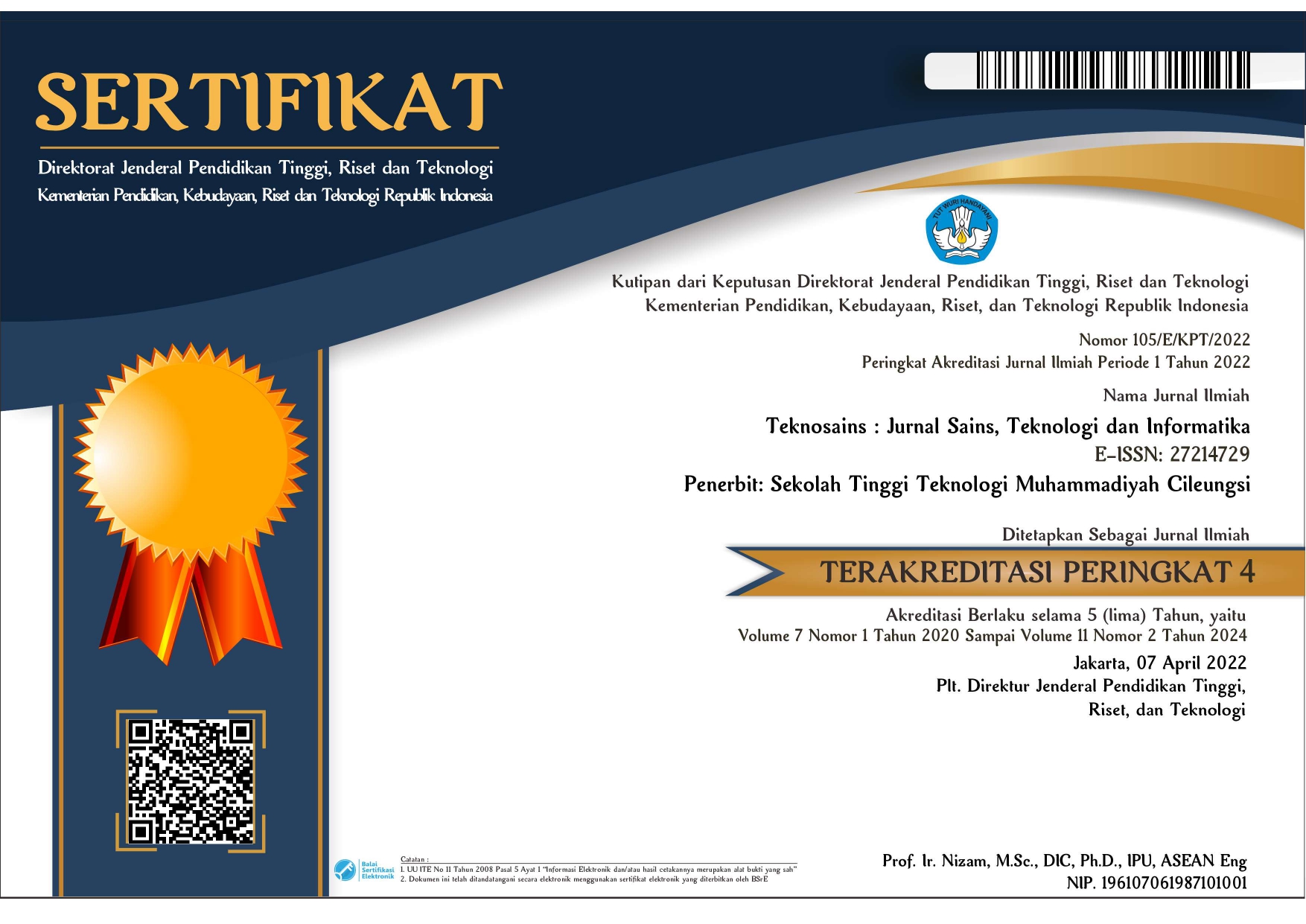The Analysis effectiveness of heat rate in 1000℃ furnace by considering the dimensions of walls melting container
Abstract
The metal smelting business is expanding, moving from combustion-based to electric-powered smelts. By adjusting the quantity of electrical power that enters the heater to be transformed into heat, the temperature of the melting chamber can quickly approach 1000°C. But if the thermal resistance is unable to slow down the rate of heat transfer from the smelting chamber to the outside, the temperature inside the smelting chamber can likewise fall quickly. If that keeps happening, the furnace machine's temperature of 1000°C cannot be reached, which makes the smelting process less than ideal. So that the temperature of the smelting chamber can be maximized, an examination of the thermal resistance factor is required in order to estimate the value of the thermal resistance on the wall. To obtain information on wall dimension fluctuation, the procedure involves gathering data from references and actual measurements of the furnace. Based on the findings, it was determined that the temperature of the environment had an impact on the heat resistance values measured. (T2 = 25.8°C), the melting chamber's temperature (T1 = 1000°C), the fire brick's thermal conductivity at k=4.78 J/s m° C, as well as the variation area and wall thickness the resultant resistance increases with increasing wall thickness. The highest resistance rating is 4.389R with a 150 mm wall thickness. Otherwise, the resistance is higher when a smaller portion of the wall is employed. On a 3600 mm2 wall area, the resistance value with the highest value is 2.905R. In order to increase the temperature of the smelting chamber, a furnace with wall dimensions that have a significant thickness value and a compact area can generate the best thermal resistance
Copyright (c) 2023 Ahmad Zohari, Ilham Taufik Maulana, Eka Bima Saputra, Adik Susilo Wardoyo

This work is licensed under a Creative Commons Attribution-NonCommercial 4.0 International License.










